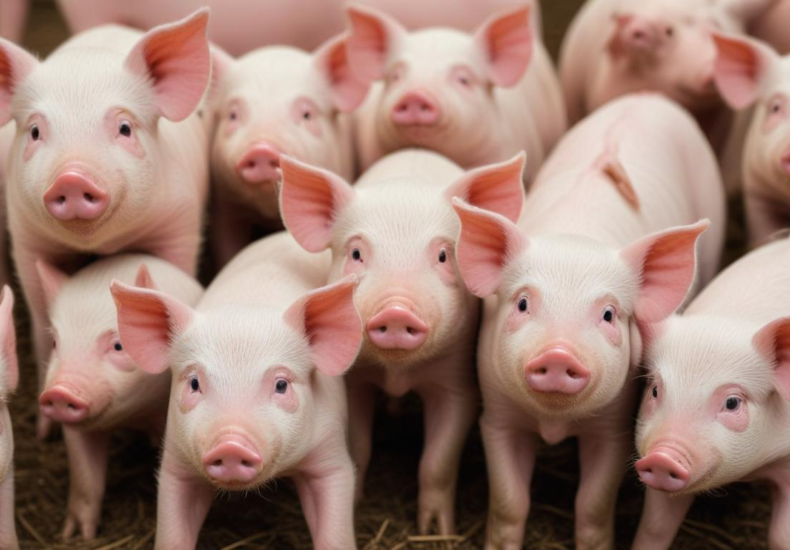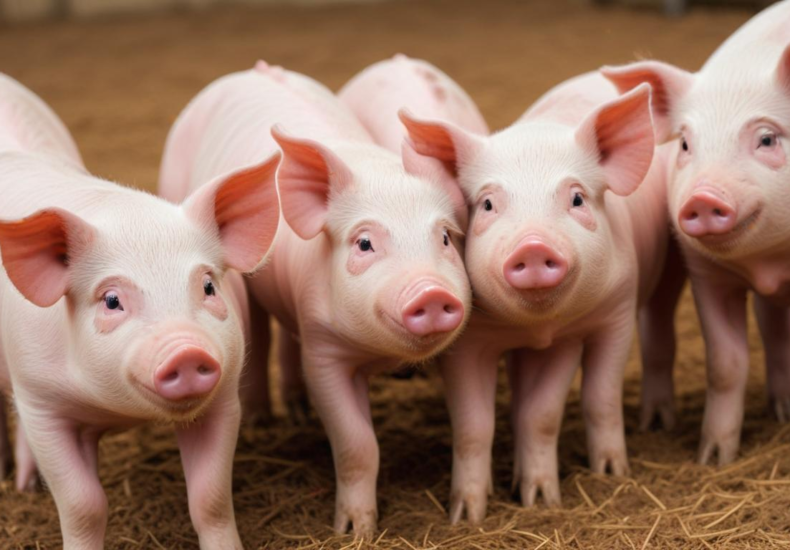Day: May 4, 2025

why litter size in pigs is a complex genetic trait
The genetics of litter size in pigs is a complex interplay of multiple genes, environmental factors, and physiological characteristics, such as ovulation rate and embryonic viability. This multifaceted relationship outlines the importance of strategic breeding practices that optimize both genetic selection and environmental conditions. Advancements in genomic selection and the integration of meticulous management strategies promise to enhance reproductive outcomes while navigating the intricacies of these traits. Understanding these nuances is vital for breeding programs aiming to boost litter sizes and overall productivity in swine operations.

the role of SNPs in pig genetics
Single nucleotide polymorphisms (SNPs) are critical genetic markers that enhance the understanding of swine genetics. With their ability to influence phenotypic traits and impact breeding programs, SNPs offer insights into growth rates, disease resistance, and reproductive performance. As genomic technologies advance, SNPs will play a pivotal role in breeding strategies, optimizing selection processes, and improving the genetic diversity of pig populations. Discover how SNPs are shaping the future of swine production and influencing the health and productivity of pigs in this rapidly evolving field.